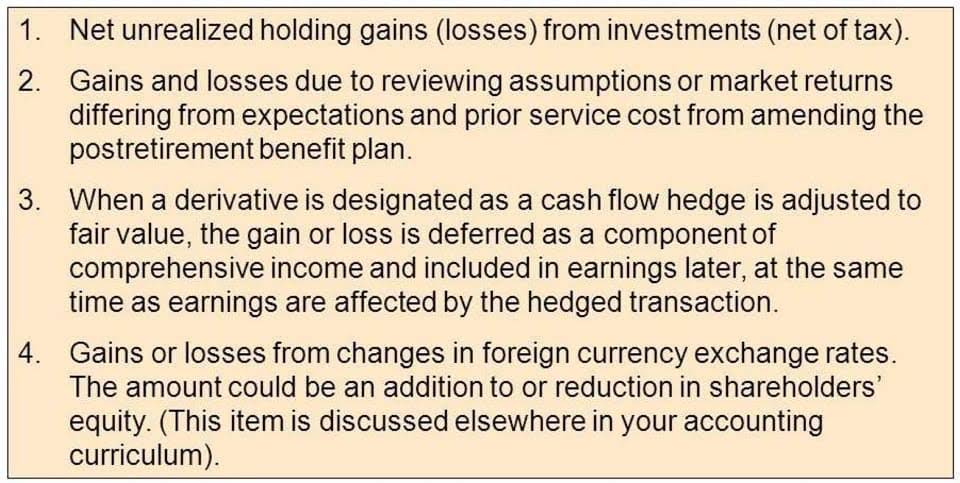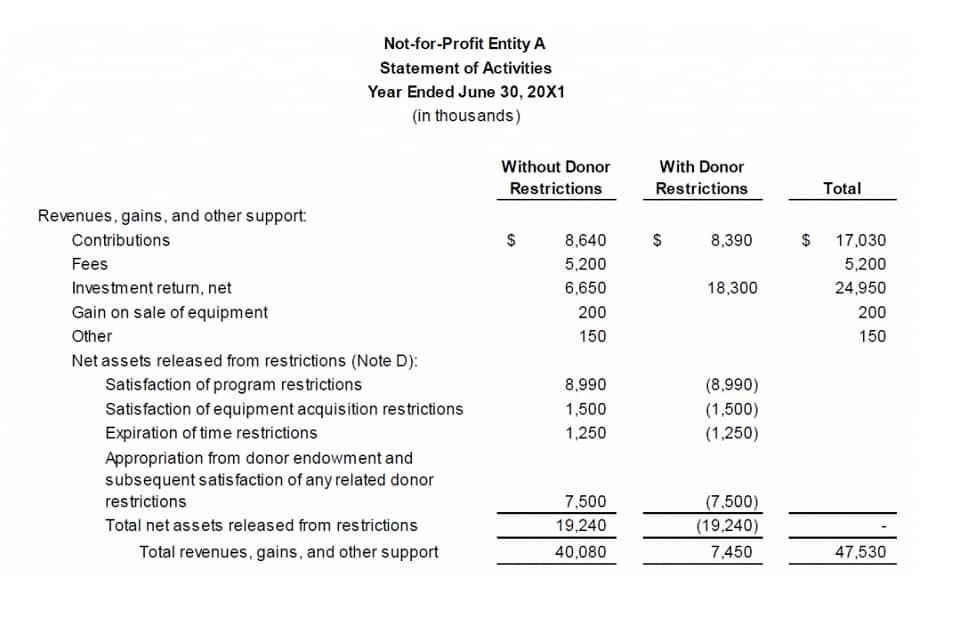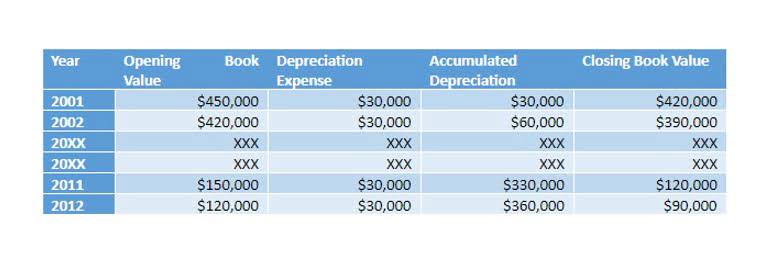
My Accounting Course is a world-class educational resource developed by experts to simplify accounting, finance, & investment analysis topics, so students and professionals can learn and propel their careers. Shaun Conrad is a Certified Public Accountant and CPA exam expert with a passion for teaching. After almost a decade of experience in public accounting, he created MyAccountingCourse.com to help people learn accounting & finance, pass the CPA exam, and start their career. Get instant access to video lessons taught by experienced investment bankers.
Managing Warranty Provisions and Financial Implications
- The main purpose of a contra account is to record deductions or reductions from a related account, ensuring financial statements reflect net balances.
- It can help businesses see the complete picture of their income and expenses.
- The most common contra type, contra assets, records the loss in value of any asset accounts listed in your general ledger.
- Yes, nonprofits use contra accounts to track things like depreciation on assets and allowances for doubtful pledges or receivables.
- Another common contra liability account is a Discount on Bonds Payable account used by businesses that issue their own bonds.
- An important function of contra accounts is to preserve the historical value in the main account while presenting a reduction in the net value.
- Optimizing your handle on contra accounts doesn’t end with just understanding them; it’s about mastering the tools and techniques to manage them effectively.
These examples illustrate how contra accounts are used in various contexts to provide a more accurate picture of a company’s financial position and performance. You record the decline in value in a contra-asset account instead of changing the original asset value. This shows how much the fixed asset has depreciated while keeping your balance sheet accurate.

Asset Accounts
- The purpose of this account is to reduce the carrying value of the asset on the balance sheet.
- Businesses experience a world of benefits from maintaining accurate contra account records.
- Managing these accounts helps you comply with GAAP, improve financial reporting, and prepare for potential losses.
- These accounts facilitate auditing and financial analysis by providing a detailed breakdown of adjustments made during a specific accounting period.
- They offset related accounts, providing a clearer picture of a business’s financial health.
- A contra account is needed whenever a transaction involves a physical or digital money transfer, resulting in bank and cash account changes.
The insights from various stakeholders highlight the multifaceted nature of these accounts and underscore their significance in the broader financial landscape. Depreciation is a fundamental concept in accounting, representing the method by which the cost of a tangible asset is allocated over its useful life. It’s an acknowledgment that assets used in generating income gradually lose value due to wear and tear, obsolescence, or age.
- It is described as “contra” because having a credit balance in an asset account is contrary to the normal or expected debit balance.
- They not only help in maintaining transparency but also ensure that financial statements reflect true operational efficiency.
- By showing adjustments and reductions made to certain accounts, investors and analysts can better understand a company’s financial health and potential risks.
- Each year of an asset’s life, another year of Depreciation Expense is recorded.
- It will debit Accounts Receivable for $100,000 and will credit Sales for $100,000.
- The net realizable value of the accounts receivable is the accounts receivable minus the allowance for doubtful accounts.
What is a contra revenue account?
- The accumulated depreciation account is designed to reduce the carrying value of the fixed asset account when depreciation is recorded at the end of each period.
- For the purpose of presentation on primary financial statements, we are often concerned only with the net figure of two similar classes/balances which we determine by subtracting one account from the another.
- A contra account is an account that is used to offset the balance of a related account on a company’s financial statements.
- It’s a delicate balance that requires insight into not only accounting practices but also the operational realities of the business.
- Accounting software can simplify the management of and reporting from your ledger.
- Explore the purpose and types of contra accounts in financial statements, enhancing clarity and accuracy in financial reporting.
Contra accounts play an important role in accounting by https://www.bookstime.com/ helping businesses track certain aspects of their finances more accurately. For example, contra revenue accounts can be used to track the full cost of sales less any discounts or returns. It can help businesses see the complete picture of their income and expenses.

Are contra accounts used in accrual accounting?

Wanting to spruce up its aging inventory, Show-Fleur purchased new, climate controlled-seats for its fleet, delivering increased comfort for passengers and a cleaner, more modern look for vehicle interiors. The initial cost payroll of this upgrade was $8 thousand per limo or $600,000 in total. A business called Show-Fleur offers private driving tours of local botanical gardens — all from the comfort of high-end limousines. For its day-to-day operations, the business maintains a fleet of 75 identical 2016 Ford Explorer limousines, each initially retailing at $150 thousand. However, these vehicles have experienced significant wear and tear in the intervening years.
The amount is not reported, and the net sales amount is reported on the income statement. The allowance for doubtful accounts is not specifically reported, but the 10(K) reported that the allowance is immaterial to the amount. This make sense because Home Depot wouldn’t contra account meaning be carrying accounts receivable with long payment terms. Most accounts receivable would just be the time between purchase and credit card settlement.

#1 – Assets

And currently, Show-Fleur anticipates that it could only sell each one for roughly $50 thousand, meaning the depreciation per vehicle is $100 thousand. For example, a company made sales of $60,000 but goods worth of $2,000 were returned due to damage. This helps the reader to know how many sales were actually made and how many customers had problems with the goods sold. Charlene Rhinehart is a CPA , CFE, chair of an Illinois CPA Society committee, and has a degree in accounting and finance from DePaul University.
